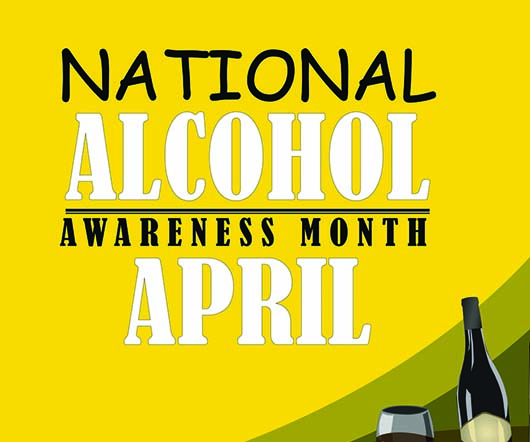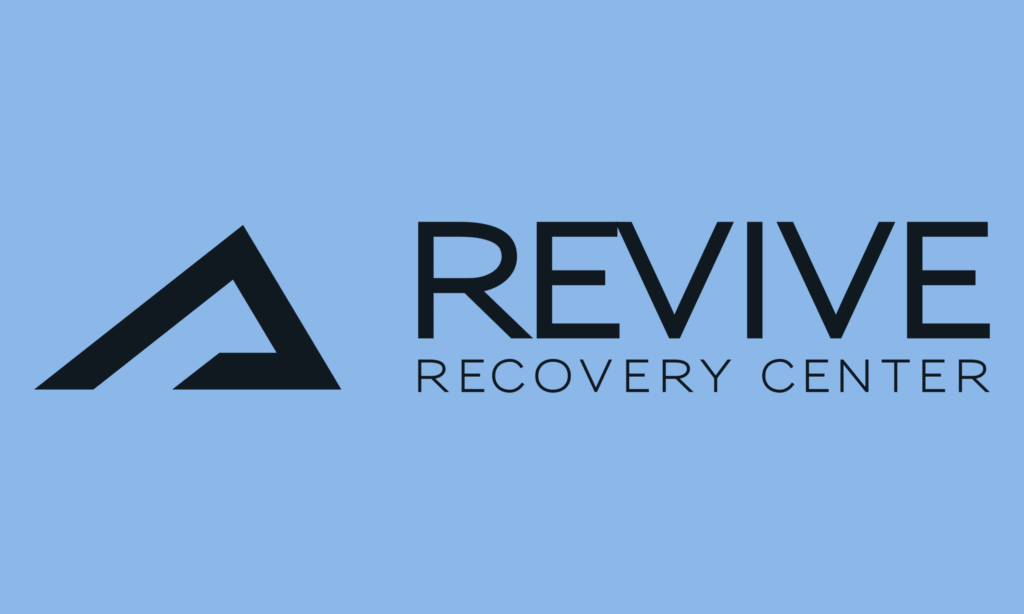The process of identifying and evaluating our basic beliefs has four steps: Paying attention to thoughts and feelings in reaction to a situation, Paying attention to the facts of a...
The process of identifying and evaluating our basic beliefs has four steps:
- Paying attention to thoughts and feelings in reaction to a situation,
- Paying attention to the facts of a situation,
- Identifying the belief through which we screen the facts,
- And evaluating the pros and cons of a particular belief.
You can discover your beliefs by thinking through your reactions, thoughts, feelings, and behaviors to a particular situation. When you can sort out your reactions from the facts of a situation, the belief through which you perceive any situation becomes more visible. When this happens you can begin to evaluate its accuracy and usefulness. The process starts with paying attention to what we feel and think.
Paying attention
Paying attention to what we are feeling and thinking is the easiest way to identify a belief shaken by the trauma developed as a result of addiction. A shaken belief will lead to changes in our thoughts, feelings, and actions. Suppose you experience a rush of thoughts such as, “I better not answer my phone,” “I can’t imagine leaving my apartment”, “that person behind me in line yesterday made me nervous when he talked to me.” These types of thoughts are frequently in our minds as a result of “the day after” we have acted out in our addiction.
By having these thoughts, it is easy to feel anxious, fearful, even panicky. It might help to stop and notice clearly that “I’m feeling very scared,” or “I’ve been afraid lately.” What does it mean that you’ve been afraid lately? What does this say about you? You may conclude, “I am not safe.” This conclusion may feel like fact, but it is an impression of one or more situations that may or may not be accurate. That is why it is useful to next sort out the facts of a situation.
What do you know for sure and what are you assuming about it?
When you conclude that “I’m not safe,” it will feel true, like a fact. However, it is a “belief.” A belief, after all, is something we believe to be true. It is important to stay alert to the evidence. Questions to ask yourself may include:
Does your belief match the current facts, and what are the facts? Can you separate them from what you think they mean? What assumptions are coloring the way you interpret what is going on in your environment? Many of our assumptions are the result of our guilt and shame. Much of our fear in early recovery also develops a belief system that frequently is not based on fact, but may have been attached to fear and/or guilt.
Facts include things that were said or done, things that are observable. Facts do not include anything about meaning, motivation or intent — all of which are generally unspoken and open to interpretation.
If you can see the difference between the facts of a situation and your reactions to them, you should be able to identify a belief that leads you to interpret the facts in a particular way.
Beliefs are often so automatic we do not take time to notice what they are. You can become aware of your beliefs, evaluate their accuracy, and examine their effects on your life. Understanding beliefs and bringing them into consciousness in this way can be especially helpful for people who have experienced trauma.
Beliefs fit the facts of experience, but several different beliefs can fit the same set of facts. It is important to think through a belief in light of the factual evidence, but that should not be the only consideration. If you believe you are safe only inside your house, you will mostly stay inside, thinking that will be safer than driving. How much safer, and at what cost? If you stay in your house, it may be harder to get other essential needs met, such as those for intimacy and support. You may become depressed if you isolate most of the time. Do you feel you must give up one need in order to get another one met? Most beliefs have both advantages and disadvantages. If your beliefs have more advantages than disadvantages, you are tuning in to your own consciousness; but if they tend to hinder rather than help, you almost certainly have other, better choices when you learn how to notice them.
Do you rate your beliefs as hindering you more than helping? If so, you may want to entertain the possibility that other meanings might fit. It can be easy to miss seeing all the facts, especially those that don’t quite fit the belief.
When there are two interpretations that fit the facts equally well, you can choose the one with the most advantage for you.
While no one can always choose to change the facts of life, we all have some choice when it comes to how to interpret those facts. Our 12-step meetings, sponsors and peers are perfect for helping us sift through our thoughts. The 12-steps are designed to do exactly that and provide us with a platform to continue to evaluate and grow in our recovery by putting everything in perspective.


























